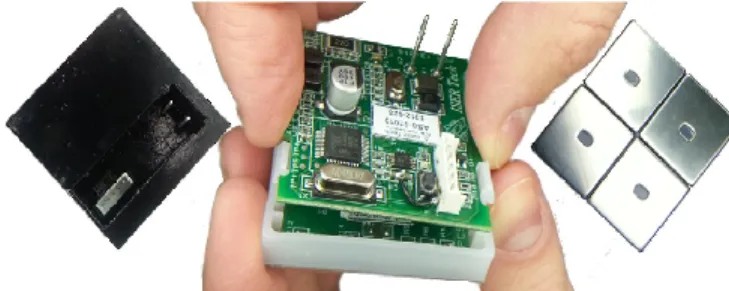Design and realization of a tactile switches module with capacitive sensing method implemented with a microcontroller
Full text
Figure




Related documents
The behavior of electronegativity, softness and electrophilic index for the studied donor–nanobridge– acceptor molecular system and its components shows the
In summary, we have presented an infant with jaundice complicating plorie stenosis. The jaundice reflected a marked increase in indirect- reacting bilirubin in the serum. However,
In the present study, although there were no histopathologically significant changes in the testes of male zebrafish, there were significant differences between
Histological examination of rabbit globes following this mode of cryo- application also showed a number of undesirable side effects, pri- marily disruption of the
In conclusion, the finding of the current study indicat- ed that a BSA based nanocurcumin in doses of 15 and 20 mg/kg -the doses which natural curcumin has no ef- fect-
Rather than focusing exclusively on incentives and expectations about the base rate of errors, the field interview study examines payoffs of error detection more broadly by
In theory, FRET is a radiationless energy transfer process, so ideally, a single emission spectrum of the output fluorophore should be observed, as illustrated in Fig.2.7
To assess what parents learned about immunizations during the visit, the following open-ended questions were asked: “Based on the information you received during your last visit,
